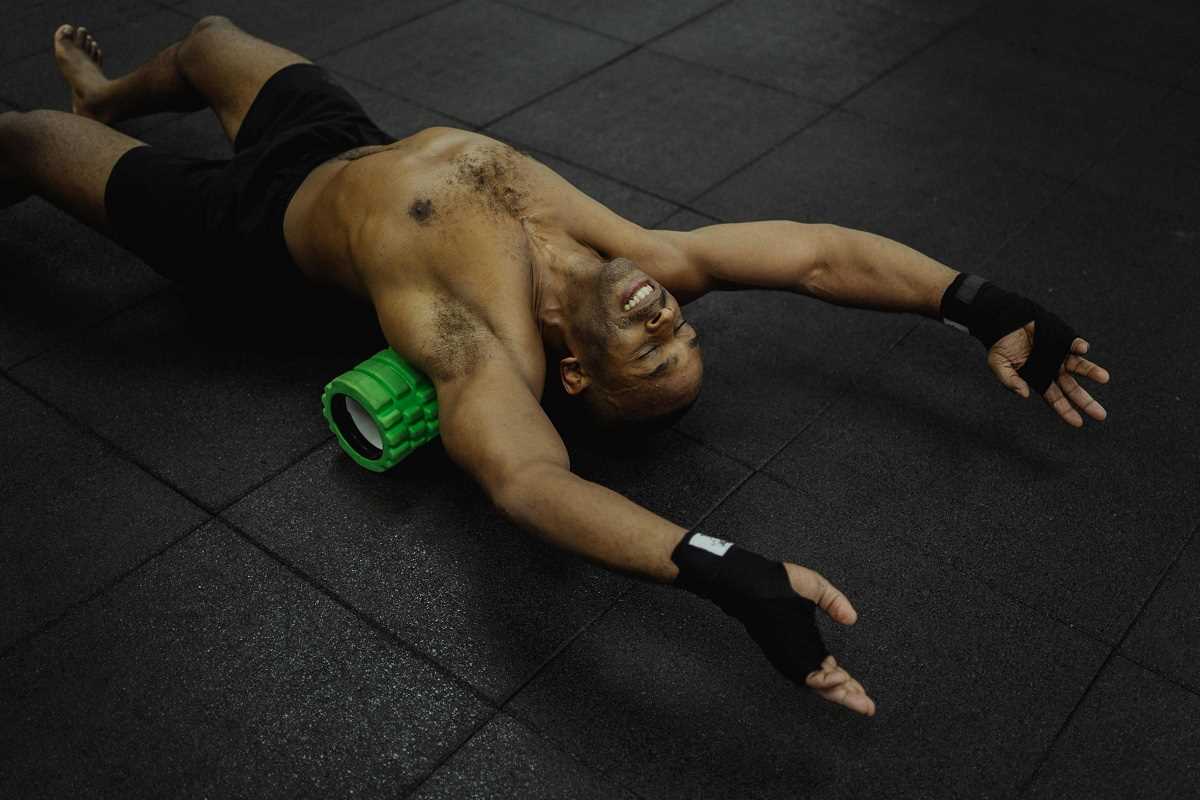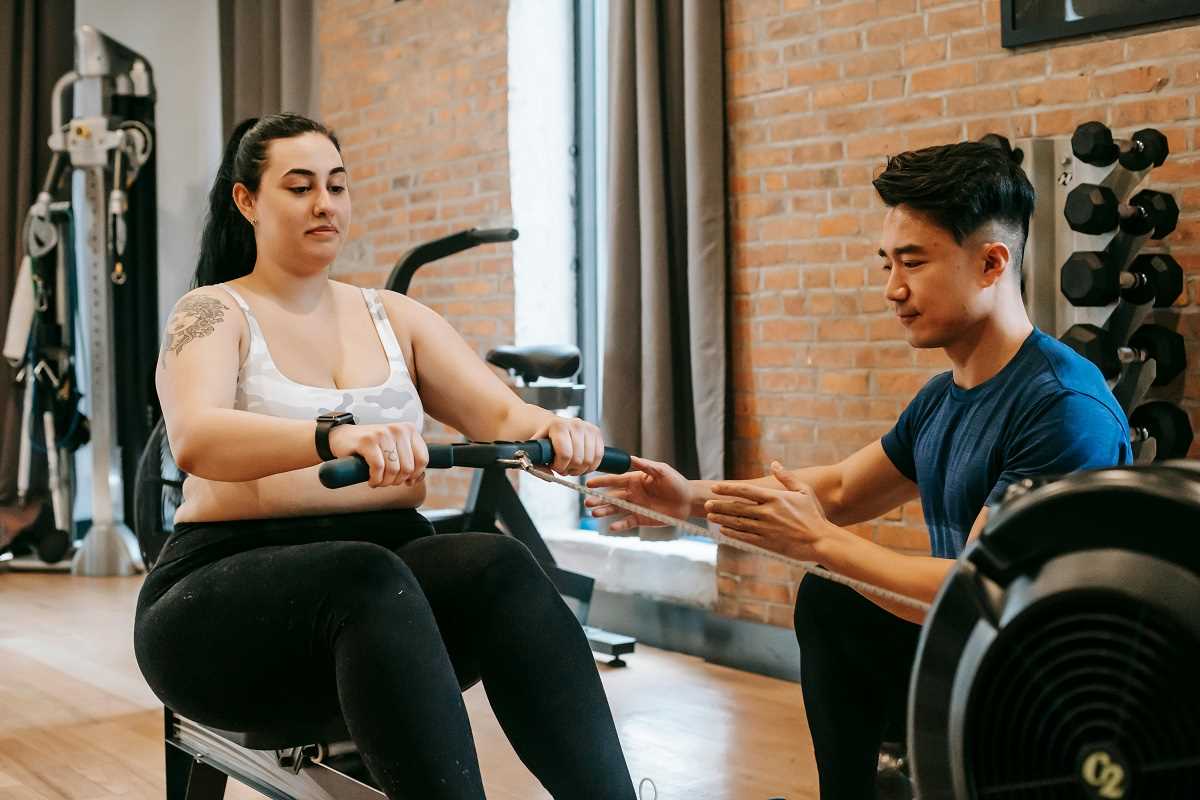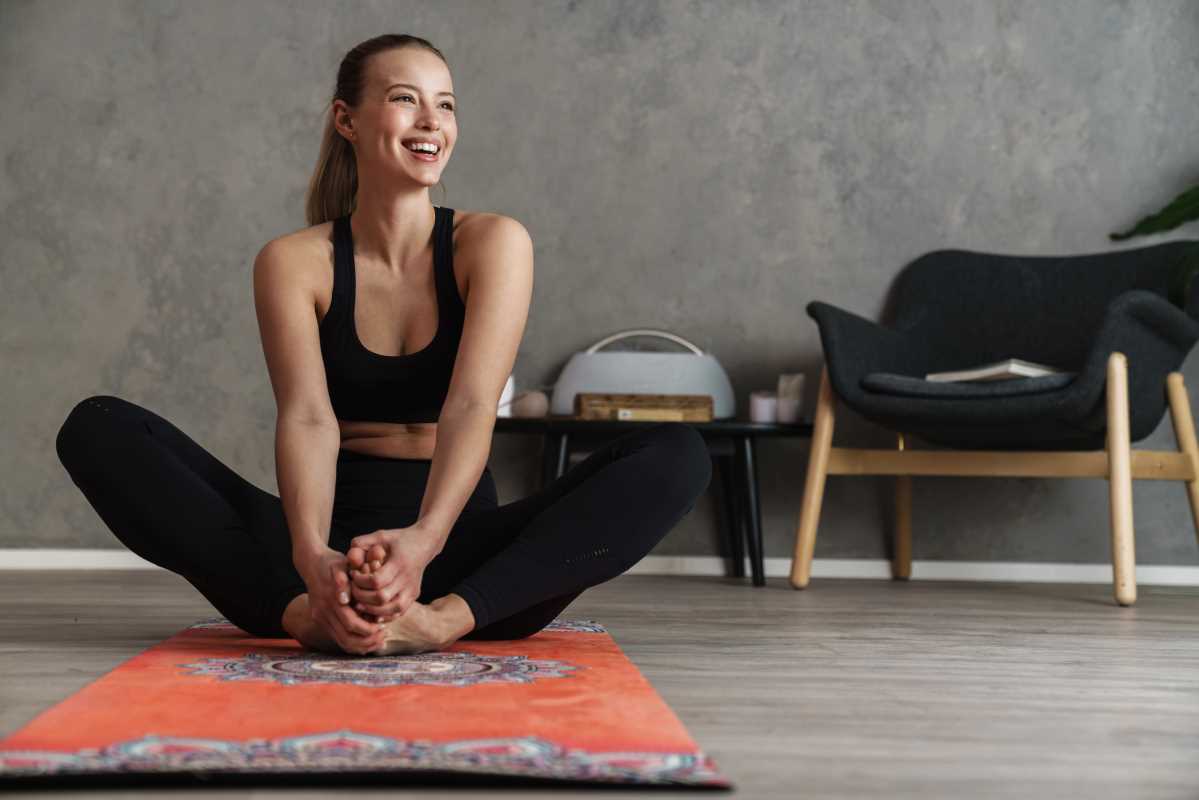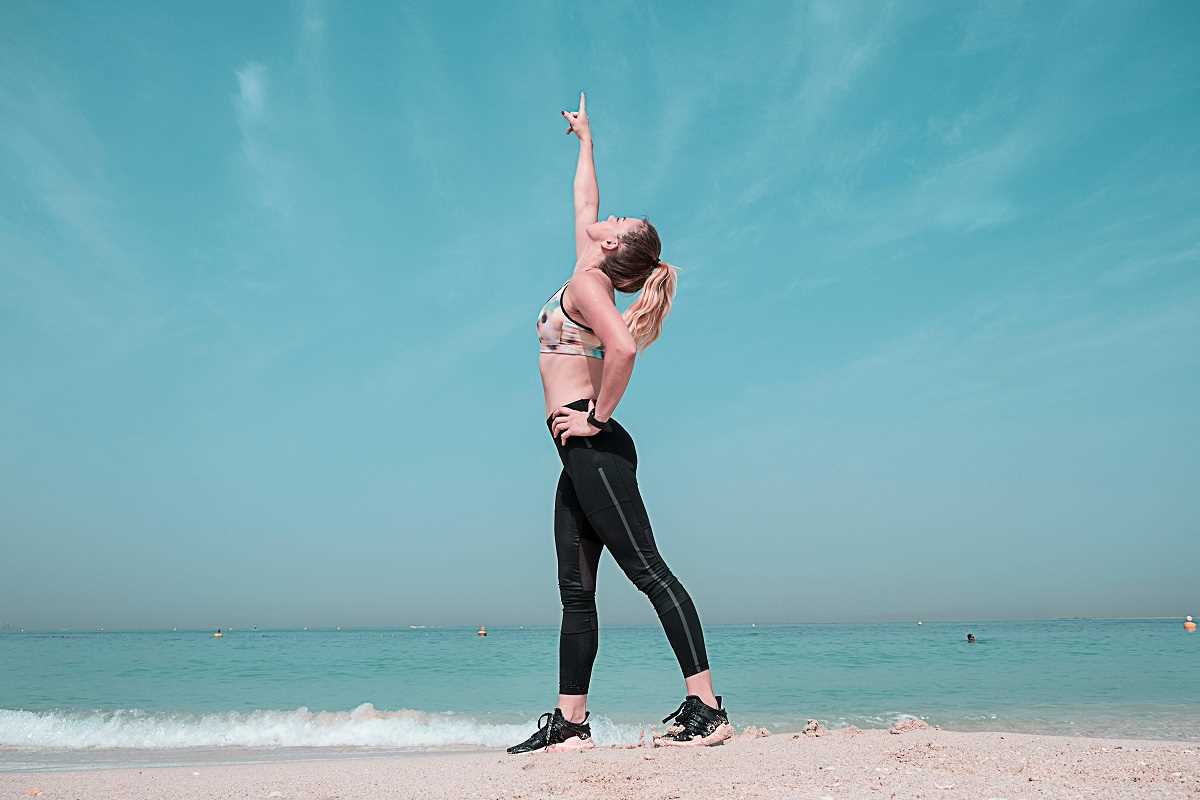The fitness world isn’t what it used to be. Gone are the days when fitness meant sweating along with a VHS tape in the living room or waiting for your favorite fitness guru’s book to hit the shelves. Today, with a quick scroll through social media, you’re instantly transported into an ecosystem of workouts, nutrition advice, and fitness inspiration. Platforms like Instagram, TikTok, YouTube, and others are fundamentally changing how people think about health and exercise. This isn’t just a trend for gym rats or young influencers; it’s a shift that’s touching people of all ages, creating opportunities and challenges for anyone looking to lead a healthier life.
If you’ve recently Googled a new workout or found yourself watching fitness tips on your smartphone, you’ve already experienced how social media is reshaping the industry. But how exactly is this digital revolution affecting everything from fitness trends to how ordinary people like you and me engage with exercise? Let's break it down.
The Rise of Virtual Trainers and Communities
One of the biggest impacts social media has had on fitness is the rise of virtual trainers and online communities. Before, accessing a personal trainer meant heading to your local gym and shelling out significant money for one-on-one sessions. Now, with platforms like YouTube and Instagram, you can find countless fitness professionals offering free or affordable workout content.
Take someone like Joe Wicks, “The Body Coach,” who gained international fame for his high-energy home workouts during lockdowns. These trainers post a mix of videos, tutorials, and live-streamed classes that users can follow from home. The result? A significant removal of barriers like cost and location, making fitness more accessible than it’s ever been.
Even more compelling is the sense of connection offered through these platforms. Beyond just instructors, you have entire groups of people rallying behind the same goals as you. Whether it’s a Facebook group for runners over 50 or a hashtag like #fitover40 on Instagram, these online spaces provide encouragement, motivation, and accountability.
For many people, this sense of community is a game-changer. It helps transform fitness from being a lonely or intimidating task into something fun and even social.
Fitness Goes Viral
Social media algorithms love novelty. That’s why every few weeks, a new fitness challenge, trendy diet, or workout craze takes the internet by storm. Think about the popularity of trends like the “30-day plank challenge” or trying Tabata-style workouts. These viral moments inspire millions to try something new, often sparking worldwide attention.
For people over 40, these viral trends represent a double-edged sword. On one hand, they can be an exciting way to get started or to shake up your usual routine. On the other hand, not every trend is beneficial or safe for everyone. It’s crucial to approach these fads with a bit of skepticism, ensuring that what you’re following aligns with your fitness level and goals.
Real Fitness from Real People
Not long ago, fitness advice came mainly from celebrities or professionals with perfect physiques. Social media has introduced a much-needed dose of reality into this landscape. Now you’ll find relatable “everyday people” sharing their fitness journeys, from weight loss transformations to strength training milestones.
These stories have a way of sparking motivation that polished fitness ads simply can’t match. Seeing a 50-year-old dad train for his first marathon or a busy mom squeezing yoga into her routine makes fitness feel attainable. It demystifies the process and proves that it’s never too late to strive for a healthier lifestyle.
Yet, social media’s “realness” also has a flipside. Many influencers showcase highlight reels of their lives rather than the full picture. This can create unrealistic expectations, leading to feelings of inadequacy or frustration when your results don’t match theirs.
Education at Your Fingertips
One of the most incredible shifts tied to social media is the availability of free educational content about fitness and health. Think of platforms like YouTube, where you can find detailed tutorials from physical therapists on how to safely strengthen your knees or improve balance as you age. Experts on Instagram share tips on managing inflammation, understanding macros, or stretching properly.
This democratization of knowledge means that high-quality information is no longer confined to pricey seminars or consultations. For instance, users can learn how to modify workouts to suit lower-impact needs while still getting the benefits of movement.
But as valuable as this information can be, it’s also true that not all health tips posted online are created equal. For every certified trainer or dietitian sharing accurate advice, there’s likely another influencer spreading misinformation. Always double-check credentials and cross-reference claims with trusted sources.
Fitness Equipment Sales Are Skyrocketing
Another ripple effect of social media’s impact on fitness is its influence on consumer behavior. Have you noticed ads for high-tech resistance bands, colorful dumbbells, or compact exercise bikes popping up in your feed? Social media has become a powerful driver of fitness-related purchases.
Fitness influencers often partner with brands to showcase sleek gear or innovative products. Once followers see their favorite creator using a particular item, they may feel more inclined to invest in it themselves. From wearable fitness trackers to portable resistance cables, there’s no shortage of tools designed to make at-home fitness enjoyable and efficient.
While these tools can be helpful, they’re not a requirement for getting fit. The basics, like walking, stretching, or lifting objects around the house, remain effective and low-cost ways to stay active.
Breaking Down Age Barriers
Historically, the fitness industry often overlooked people over 40 in their marketing and programming. Social media is changing that in a big way. Today, creators in their 40s, 50s, and beyond are carving out space for themselves in the fitness landscape.
Accounts like @kymnonstop and @marceldrive highlight stories of active older adults challenging stereotypes about aging and what it means to be physically capable. These creators share age-appropriate exercises and address topics like mobility, joint health, and aging gracefully. They also demonstrate that fitness is for everyone, not just the young or genetically gifted.
The Role of Positivity and Encouragement
More than anything, social media has brought a renewed focus on mental wellness and the connection between fitness and happiness. It’s not just about aesthetics anymore but about feeling good inside and out. This is particularly meaningful for those over 40, as fitness becomes connected not just to longevity but also quality of life.
Messages like “progress, not perfection” trend alongside workout videos, reminding viewers that any step toward better health is worth celebrating. Positive reinforcement and realistic goal-setting are becoming central themes across fitness posts.
A New Era for Fitness
The fitness industry has grown beyond gym walls and training centers. Social media has transformed it into an inclusive, global space where anyone can find inspiration, guidance, and a sense of belonging. While it’s always wise to keep a critical eye on the content you consume, the digital fitness movement provides incredible value.
For people over 40, this presents an exciting opportunity to connect with personalized resources and communities that might’ve once been out of reach. Whether you’re learning from trusted experts, following inspiring creators, or exploring new workouts, the tools for building a healthy lifestyle are right at your fingertips.
Your fitness story is yours to write, but whether it begins with a small step or a giant leap, remember this moment’s lesson. The only wrong decision is standing still.
 (Image via
(Image via





